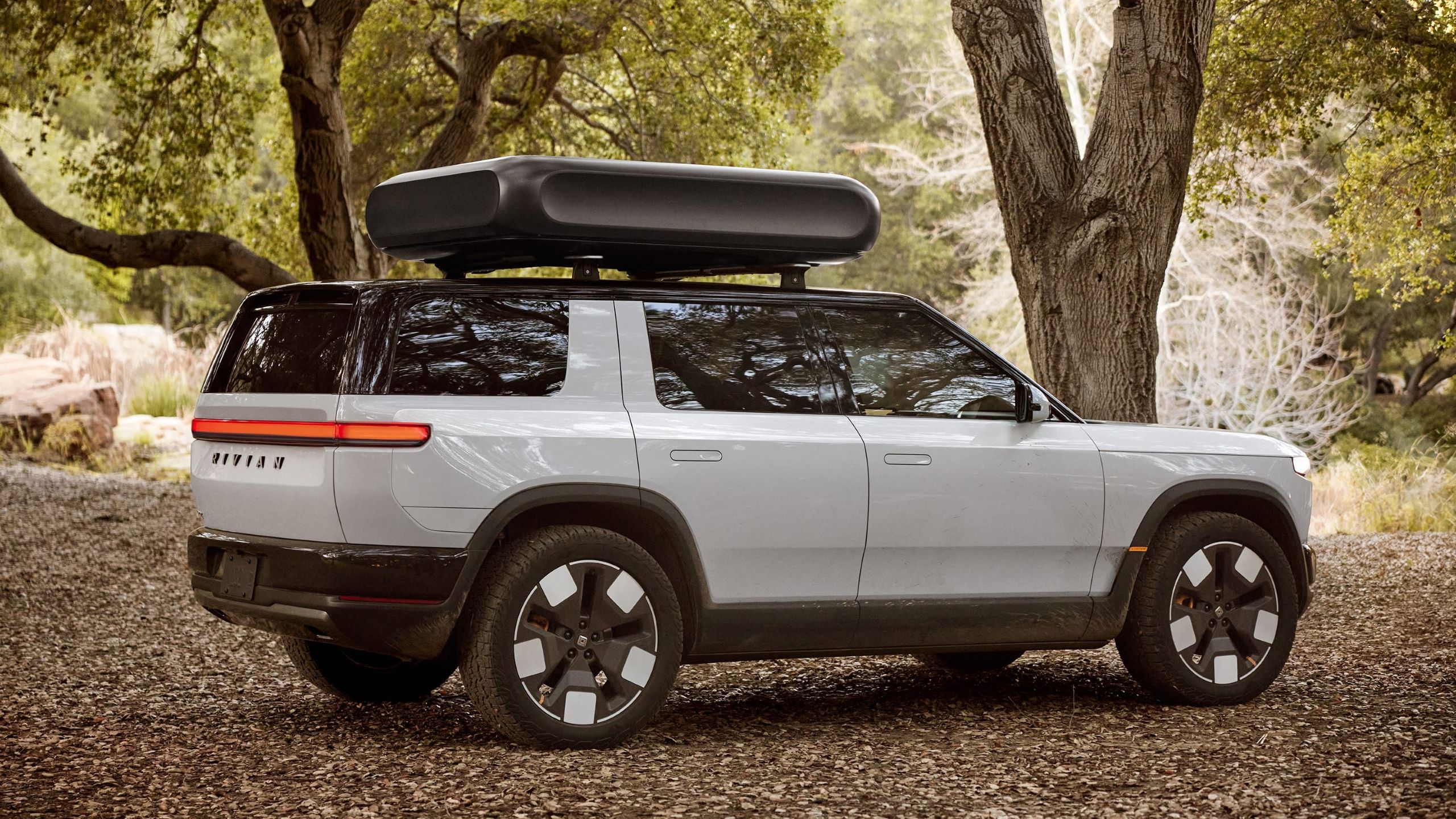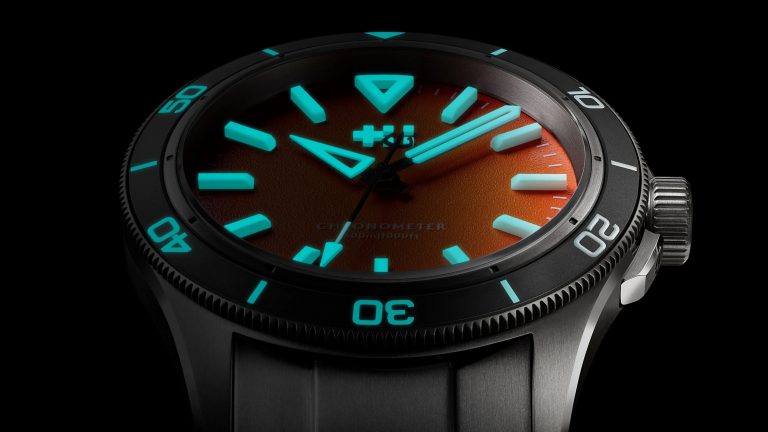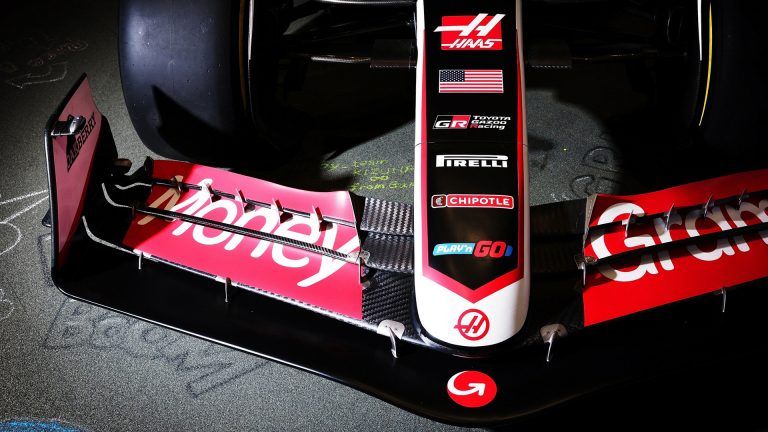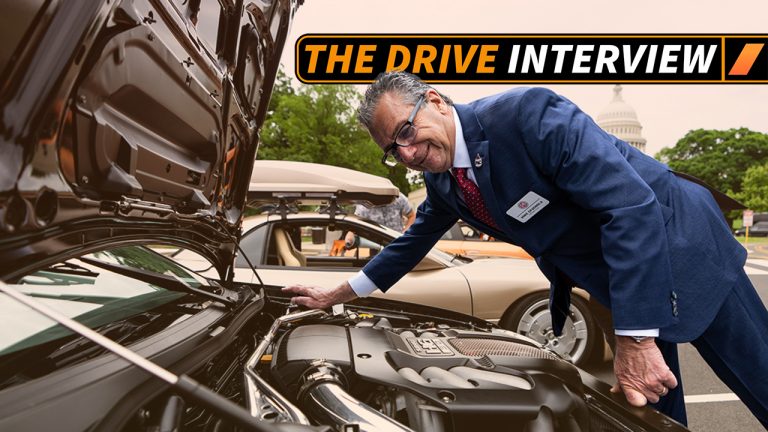Rivian R2’s Charge Port Moved to Work Better at Tesla Superchargers

Despite its continued lack of profitability since going public, Rivian is doing a lot of good things. For example, the EV maker rescues trucks stuck in a rut and uses shared owner data to let other owners know where the crummy chargers are. The latest add to its no-one-asked-but-we’re-going-to-do-something-nice-anyway list is repositioning vehicle charge ports so they’re more compatible with Tesla Supercharger stations.
Nearly every automaker that sells an EV has announced it will be adopting the Tesla-developed North American Charging System (NACS) charger connecter by 2025. It’s quite a flip from the currently standard Combined Charging System (CCS), which is also the dominant global connector that Tesla itself uses for its cars overseas. But outside of the Supercharger network, the U.S. EV charging infrastructure just plain sucks.
To fend off increasing customer dissatisfaction and slowing sales growth, automakers probably feel a quick fix is adapting to the existing vast, fast, and surprisingly reliable NACS-based Supercharger network rather than waiting for a snail’s pace federally-backed infrastructure to catch up. The problem is there is no standard on where vehicle charge ports should be. There never has been.
Tesla, for its part, has all of its charge ports in the left rear of the vehicle. Like other automakers making the NACS switch, Rivian offers an adapter for its soon-to-be-retired CCS-pronged plug. In 2025, R1 models will have direct NACS compatibility, followed by the R2 in 2026. That’s not the only change coming. Rivian has also moved the charging ports.
Green Car Reports says that during a recent showing of the upcoming R2 and R3X models at the Rivian Space in Pasadena, California, the plug-in location was now the left rear. When the vehicles first debuted, those ports were located on the right rear. Official Rivian images specifically highlight this, all of which still appear on its website. Rivian has previously said that the right rear is ideal for curbside charging as well as plugging into its own charging network.
Although a nice gesture, the update isn’t without detractors. For one thing, the new port position doesn’t help owners who trailer, tow, or use equipment racks. And it’s a valid complaint considering the R1T and R1S have their charge ports in the left front of the vehicle. Public stations with pull-through chargers exist but are scarce. Keep in mind, too, that not only are tow-friendly vehicles like trucks and SUVs going electric, but so are RVs.

According to Gridserve, a majority of EVs have charge ports located in the rear. The chicken-dinner winner is the right side, which claims 37% of the EVs, while the left accounts for 28%. Although these figures are based on U.K. EV sales, they do show a lack of consensus among EV automakers. Sometimes, even internally, there’s no agreement. Kia EVs, for example, have charge ports located in the right rear, left front, and middle front. But this madness could be methodical and based on everything from where the vehicle electronics are, to the market where it’s sold, to even how the vehicle is used (like, ahem, towing).
I’m not sure we can call this a nascent industry at this point, but, damn, does the EV market still have a lot of growing pains to work through. Plus, the industry needs to focus not just on the 42-mile-daily-average suburbanite commuters but also the business travelers, road trippers, haulers, weekend warriors…you know, everyone if the goal is an EV-only future. Because, honestly, disconnecting a trailer just to connect to a charging station is a bish.
Source: www.thedrive.com






